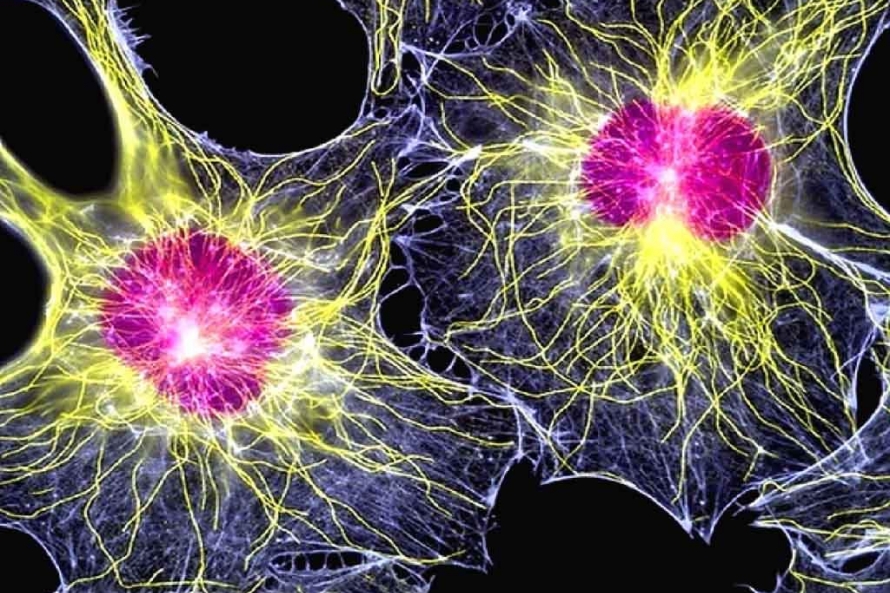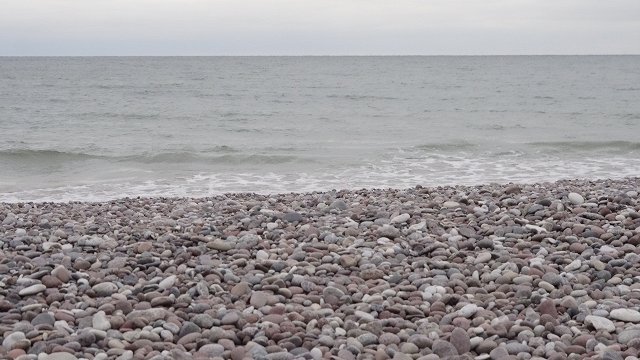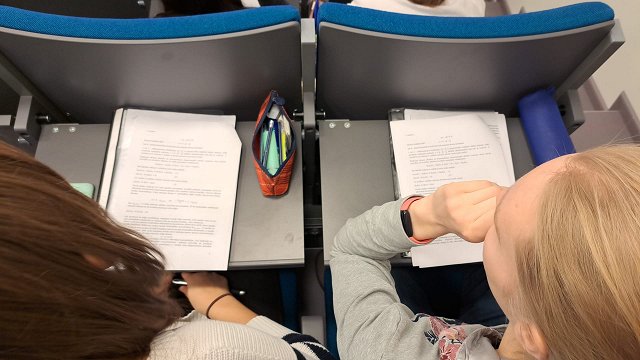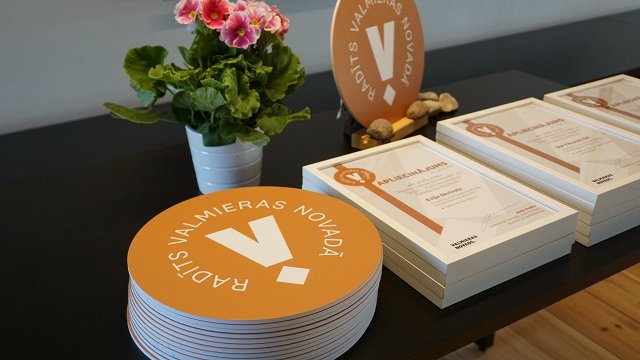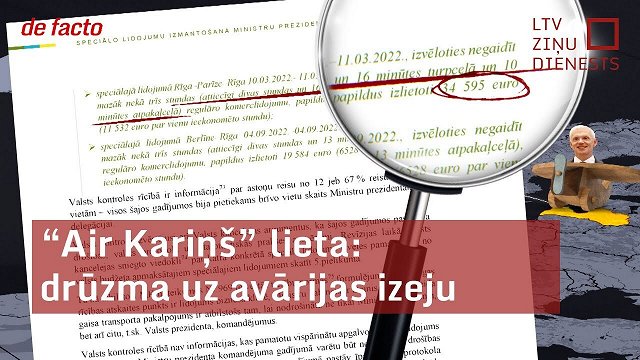Stem-cells are unique among the many types of cells encountered in the human organism, being able to transform themselves into other types of tissue cells. This turns out to be of great promise to medical science, when a person’s vital organs have been damaged and it becomes essential to repair them. Examples include heart attacks, children’s heart disease and improving the function of the pancreas in diabetics, where without the introduction of stem-cells the damaged tissue cells do not undergo any recuperative changes.
Biotechnologist Inese Čakstiņa of the Stem-cell Transplantation Center told LTV news program Panorāma Wednesday that the extraction process from a patient’s bone marrow takes only about 15 minutes, after which the stem-cells are separated from the body’s constitutive fluids within about 3 to 4 hours in the lab and then returned to the doctor for application.
Professor Andrejs Ērglis of the Latvian Cardiology Center told Panorāma that stem-cell use in medical science is still in the research process, yet a breakthrough seems imminent. Among the approximately 300 patients currently receiving stem-cell transplants in Latvia, the results have been promising.
“We don’t yet have the results we need to say – yes, this is the treatment that the state should pay for, we still need to prove its efficacy. But this is the way we go about proving it,” said the Cardiology center’s chief doctor.
Researchers stress however that the process of proving the efficacy of a treatment – laboratory and clinical research – costs money. Currently European Union funding covers most of the stem-cell research costs, with the Stradiņš University Hospital also contributing significant partial investments. A stable source of state funding is essential for long-term sustainable development of the field – this would allow for the full exploitation of our specialists’ potential, the purchase of the necessary materials and expanding and accelerating the technical equipment base required.
